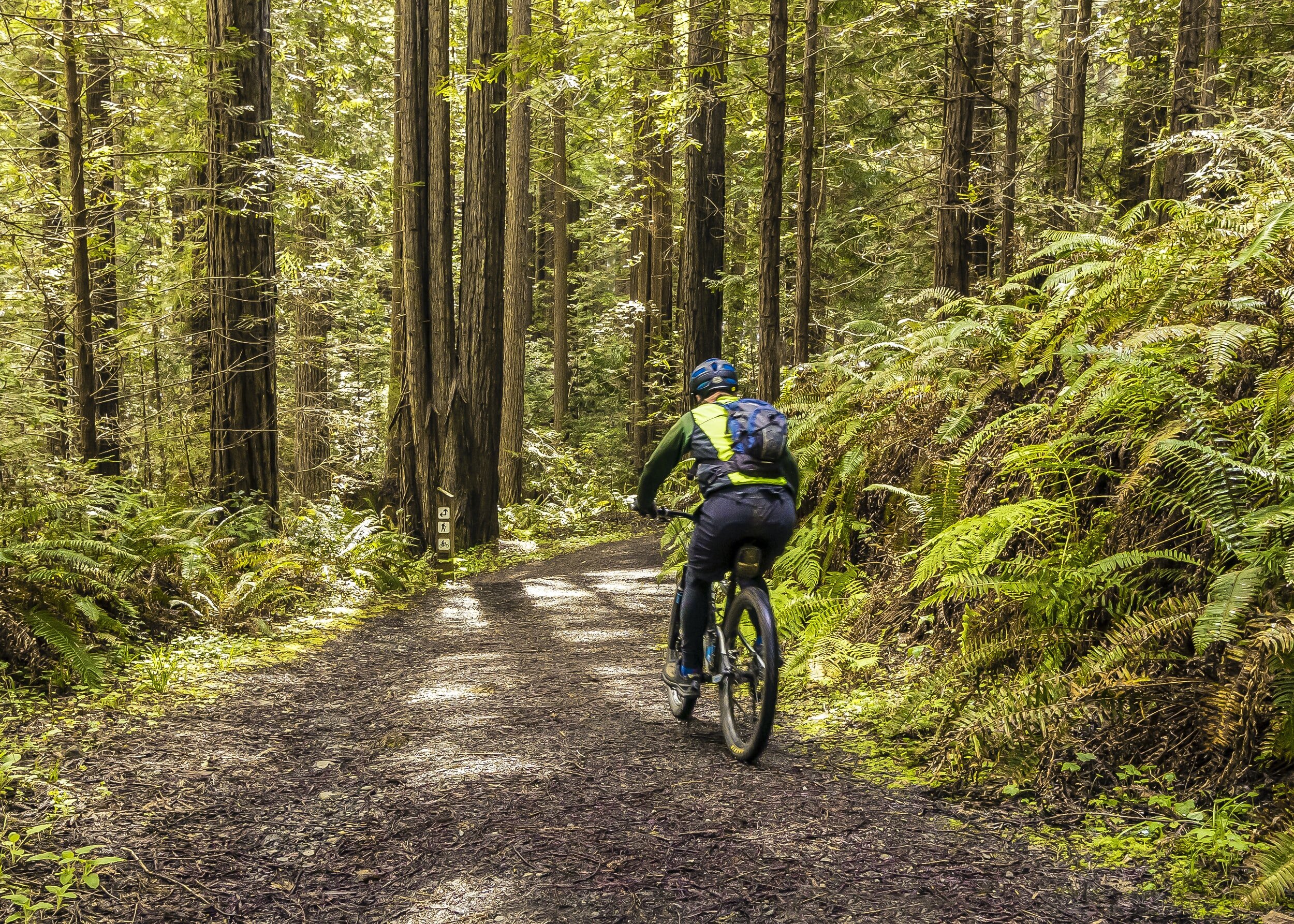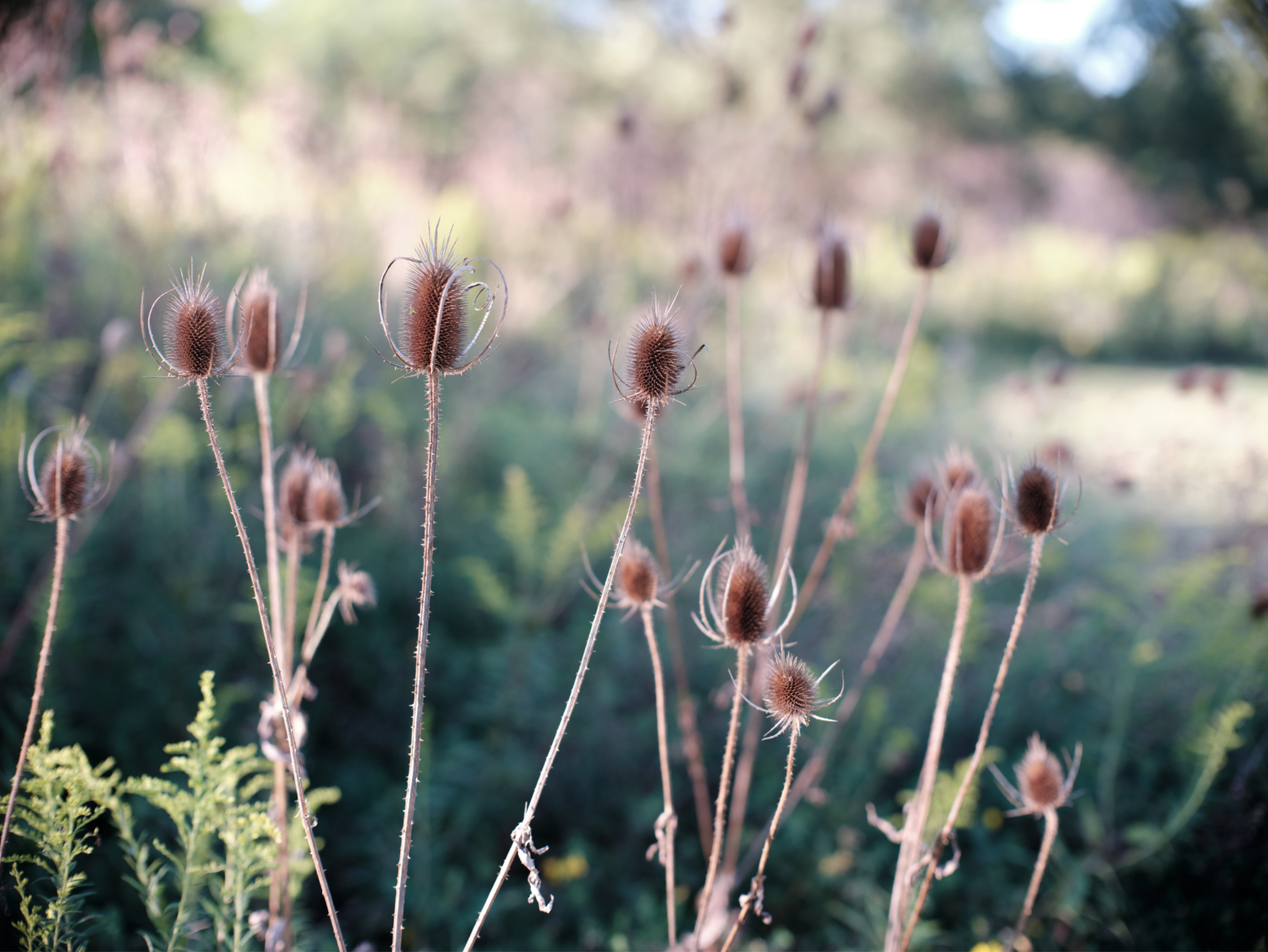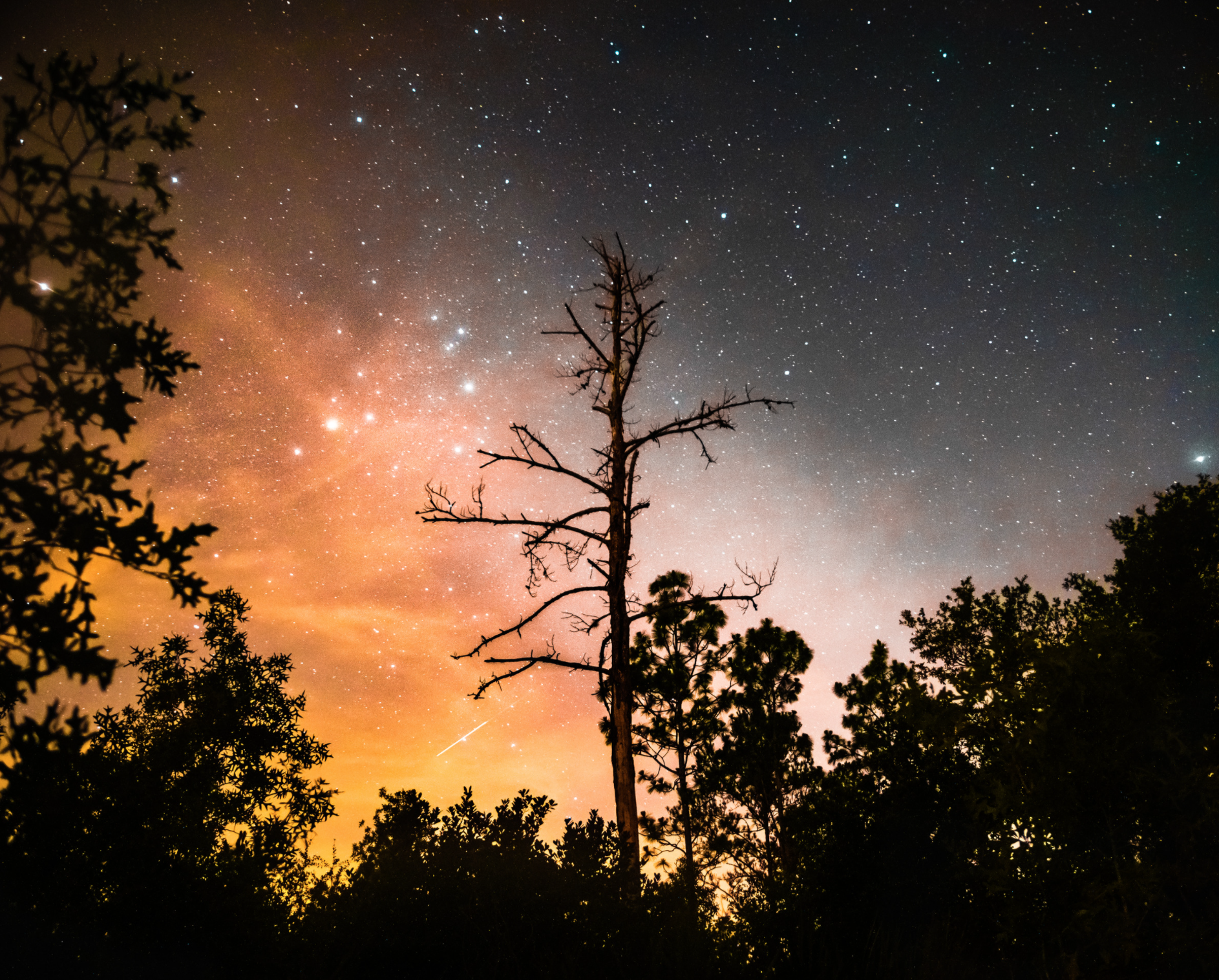Be A Steward When Visiting Coastal Marin
Just an hour north of San Francisco, coastal Marin offers exceptional outdoor recreation through a network of public lands, marine sanctuaries, and coastal villages. We have compiled information and resources for our residential and visiting communities to help encourage stewardship of our natural landscapes, coastal and marine environment.
Learn how to be a good coastal steward, including how to Leave No Trace, how to view wildlife, where you can use the restroom or deposit your trash, and more using the links below. Click on the blue hyperlinks to learn more from external websites.
LEAVE NO TRACE
LEAVE NO TRACE
The Seven Principles of Leave No Trace provide an easily understood framework of minimum impact practices for anyone visiting the outdoors. Although Leave No Trace has its roots in backcountry settings, the Principles have been adapted so that they can be applied anywhere — from remote wilderness areas to local parks and even in your own backyard. They also apply to almost every recreational activity. Each Principle covers a specific topic and provides detailed information for minimizing impacts
© Leave No Trace
SLOW & SAY HELLO!
SLOW AND SAY HELLO! SAFE AND SHARED TRAILS
Slow and Say Hello is a slogan to promote safe encounters between trail users and to protect the environment. The key concept is to interact with others while passing to establish what is safe at that moment on the trail.
Safe Trails Brochure (Bikes, Horses, Hikers)
Marin County Bike Coalition Mtn. Bikes & E-Bike Etiquette
ANIMAL DISTURBANCe
MARINE MAMMALS
Feeding, attempting to feed, and harassment of marine mammals in the wild by anyone is prohibited by regulations enacted under the Marine Mammal Protection Act. Learn More: National Marine Fisheries Service's Frequent Questions – Feeding or Harassing Marine Mammals in the Wild
WILDLIFE
It is illegal to feed wildlife, including squirrels and birds. Feeding wild animals makes them dependent on people, and these animals sometimes end up biting the hands of people who try to feed them. Diseases and/or parasites may also be transmitted from animals to humans. Do not harass wildlife. Harassment is any human action that causes unusual behavior, or a change of behavior, in an animal. Repeated encounters with people can have negative, long-term impacts on wildlife, including increased levels of stress and the avoidance of essential feeding areas. Learn More: Point Reyes National Seashore’s website on Safety.
TIDEPOOL ETIQUETTE (TIPS & TRICKS)
TIPS FOR RESPONSIBLE TIDEPOOLING
When visiting the tidepools in coastal Marin, it’s important to practice good tidepool etiquette to keep all the intertidal critters happy and safe!
- Look with your eyes.
- Walk on rocks and avoid stepping in pools on plants, algae, or animals.
- Take your time and be quiet to find animals.
- Leash your dog.
- Stay 100 feet (6 car lengths) from marine mammals (like seals).
- Keep your eyes on the ocean and watch for the rising tide.
- Give gratitude to the reef and the diversity of life it supports.
Learn More about best practices when visiting tidepools below:
* Point Reyes National Seashore
* Friends of Fitzgerald Marine Reserve
* Oregon Nature Conservancy Video
* Leave No Trace- Tips for Tidepooling
CALIFORNIA RECREATE RESPONSIBLY
CALIFORNIA RECREATE RESPONSIBLY!
Spending time in outdoor spaces has become more important than ever. And in uncertain times all of us, from seasoned outdoor enthusiasts to families heading out to their local park for the first time, could use a little guidance about how to stay safe. The Recreate Responsibly guidelines offer a starting point for getting outside to keep yourself healthy and to maintain access to our beloved natural spaces.
DISPOSE OF LITTER AND WASTE PROPERLY
PROPER LITTER AND WASTE DISPOSAL
Coastal Marin is a gateway to the Point Reyes National Seashore, California State Parks, and Marin County Parks and Open Space recreational areas that annually host more than 2.5 million visitors. This creates a strain on local village resources for solid waste and litter.
Each year, the Environmental Action Committee hosts Litter Bugs Me, an annual roadside clean up, with village associations and community groups in the area to remove trash from the roadsides, creeks, and beaches picking up thousands of pounds of trash.
When visiting the area, it’s helpful to pack out any trash you have with you and to make sure that you dispose of litter and waste in the proper place.
Check out our pollution and litter resources to learn more.
preventing spread of invasive species
PREVENTING THE SPREAD OF INVASIVE SPECIES
Invasive species are plants, animals, or microbes that are not native to an environment. Once introduced, they establish, reproduce, and spread, causing harm to the environment and public health. Invasive species are harmful because they are not native to the new place. This causes harm to the diversity and abundance of native species through competition for resources, predation, parasitism, interbreeding, the transmission of diseases, and causing physical and chemical changes to the environment.
Learn More about best practices below:
* About Invasive Species in California
* California Native Plant Society
* How to Reduce Spread of Invasive Species
light pollution reduction
REDUCING LIGHT POLLUTION
Light pollution is the inappropriate or excessive use of artificial light that has negative consequences for humans, wildlife, and our climate. The species we share this earth with evolved in a rhythm of light and dark. The introduction of artificial lights has disrupted the natural day-night patterns that is harmful to ecosystems and wildlife. Learn More: Light Pollution
Are We Missing Something? Is a Link Broken?
Please use our issue reporting form to help us keep this community resource up to date. You will need to submit your contact information so we can follow up with you if we have questions. Thank you for your help to keep this resource up to date for our community!











